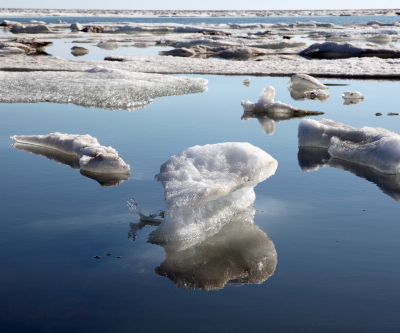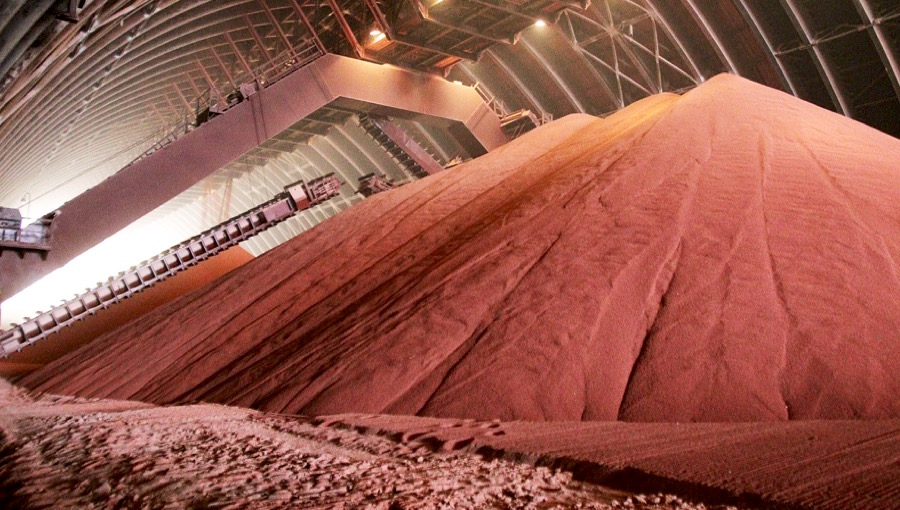Melting Arctic is nothing but good news for the mining industry: Lloyd’s/Chatham House

The melting ice cap in the Arctic sea could open up access to immense mineral reserves, attracting billions of dollars in investment, but also bringing with it unique risks and challenges, says Lloyd’s/Chatham House latest Risk Insight report.
While the London-based think-tank estimates that investments over US$100 billion are expected in the region over the next decade, it also warns about the potential environmental damages from oil drilling in the far north.
“Cleaning up any oil spill in the Arctic, particularly in ice-covered areas, would present multiple obstacles, which together constitute a unique and hard-to-manage risk,” says the document.
The reduction in Arctic sea ice hasn’t only opened up new shipping routes that significantly cut transport times and distances between Europe and Asia, it has also made the region’s estimated rich deposits of oil, gas and minerals more accessible.
Mining better off than Oil & Gas
Mining projects will offer better long-term potential for economic development than oil and gas, “with a larger permanent and local workforce and a project lifeline of several decades, from prospecting and production to closure and rehabilitation.”
Presently, there are 25 mines in operation in the Russian Arctic, while 36.8% of Alaska’s 2010 foreign export earnings came from exports of zinc, lead, gold and copper. Greenland is home to a number of mines.
Mining accounts for half the income of Canada’s North West Territories, while the Mary River Iron Ore Project on Baffin Island in Nunavut is due to begin development in 2013.
“In northern Scandinavia, there are mining prospects across northern Sweden and Finland, and iron mines in Kirkenes (in northern Norway) and Kiruna,” says the study. “The latter is the world’s largest underground iron ore mine and the world’s largest Arctic mine – yet most of the ore is currently unmined.”
The Arctic region, which spans Alaska, Russia, Norway and Greenland, may contain as much as 30% of the world’s undiscovered gas and 13% of the world’s undiscovered crude oil, according to the U.S. Geological Survey.
To download the Lloyd’s/Chatham House report, Arctic Opening: Opportunity and Risk in the High North, go to: http://www.lloyds.com/News-and-Insight/News-and-Features/Lloyds-News/Lloyds-News-2012/Arctic-change-brings-unique-risks-and-challenges-says-Lloyds-report
More News
{{ commodity.name }}
{{ post.title }}
{{ post.date }}




4 Comments
Sylvain Charette
yes but how they get supply with out winter road
David F MM
Oh yeah, and if the amazon basin burns and it becomes a desert, this will be good for mining too. Seriously, most of the problems mining industry faces today to be accepted by communities around the world may be rooted in our narrowmindness as mining professionals.
Snead264
Global warming, right! We need to eliminate all humans from the earth, except for the communist environmentalist, because the rest of us want to live in homes not caves!
Jon_fisk
In so doing, economic endeavour wins favour over strategic ways to reduce or perhaps retreat global warming. As exploitation continues to be Bi-Polar.